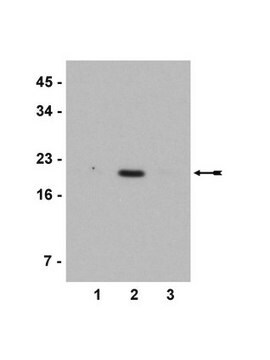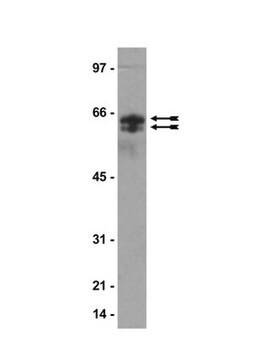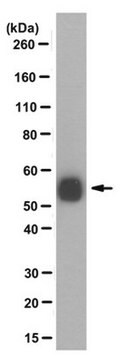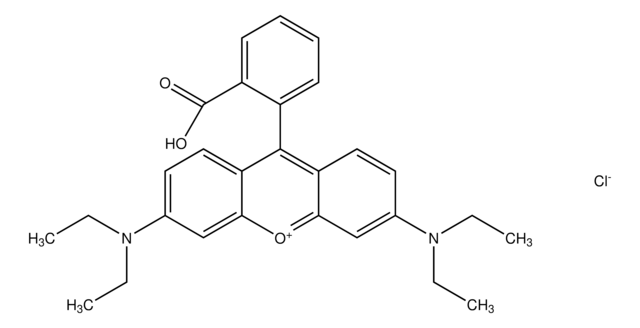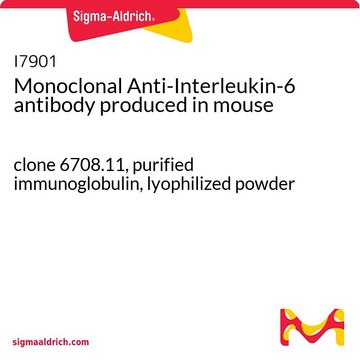MABS277
Anti-monoglycylated Tubulin Antibody, clone TAP 952
clone TAP 952, from mouse
About This Item
Recommended Products
biological source
mouse
Quality Level
antibody form
purified immunoglobulin
antibody product type
primary antibodies
clone
TAP 952, monoclonal
species reactivity
human, sheep, sea urchin, porcine, mouse, Drosophila, snail
technique(s)
dot blot: suitable
immunofluorescence: suitable
western blot: suitable
isotype
IgG1κ
shipped in
wet ice
target post-translational modification
unmodified
Gene Information
human ... TUBA1A(7846)
General description
Specificity
Can be used as a marker for motile cilia.
Immunogen
Application
Dot Blot Analysis: A representative lot from an independent laboratory detected monoglycylated Tubulin in synthetic monoglycylated tubulin peptides (Bre, M. H., et al. (1996). J Cell Sci. (Pt 4):727-738.).
Western Blot Analysis: A representative lot from an independent laboratory detected monoglycylated Tubulin in a panel of total protein extracts from select species (Bre, M. H., et al. (1996). J Cell Sci. (Pt 4):727-738.).
Immunoflourescence Analysis: A representative lot from an independent laboratory detected monoglycylated Tubulin in lemur, human, and sea urchin spermatozoa (Bre, M. H., et al. (1996). J Cell Sci. (Pt 4):727-738.).
Signaling
General Post-translation Modification
Quality
Western Blotting Analysis: A 1:50,000 dilution of this antibody detected monoglycylated Tubulin in 10 µg of Paramecium total cytoskeletal proteins.
Target description
Physical form
Storage and Stability
Other Notes
Disclaimer
Not finding the right product?
Try our Product Selector Tool.
Storage Class Code
12 - Non Combustible Liquids
WGK
WGK 1
Flash Point(F)
Not applicable
Flash Point(C)
Not applicable
Certificates of Analysis (COA)
Search for Certificates of Analysis (COA) by entering the products Lot/Batch Number. Lot and Batch Numbers can be found on a product’s label following the words ‘Lot’ or ‘Batch’.
Already Own This Product?
Find documentation for the products that you have recently purchased in the Document Library.
Our team of scientists has experience in all areas of research including Life Science, Material Science, Chemical Synthesis, Chromatography, Analytical and many others.
Contact Technical Service